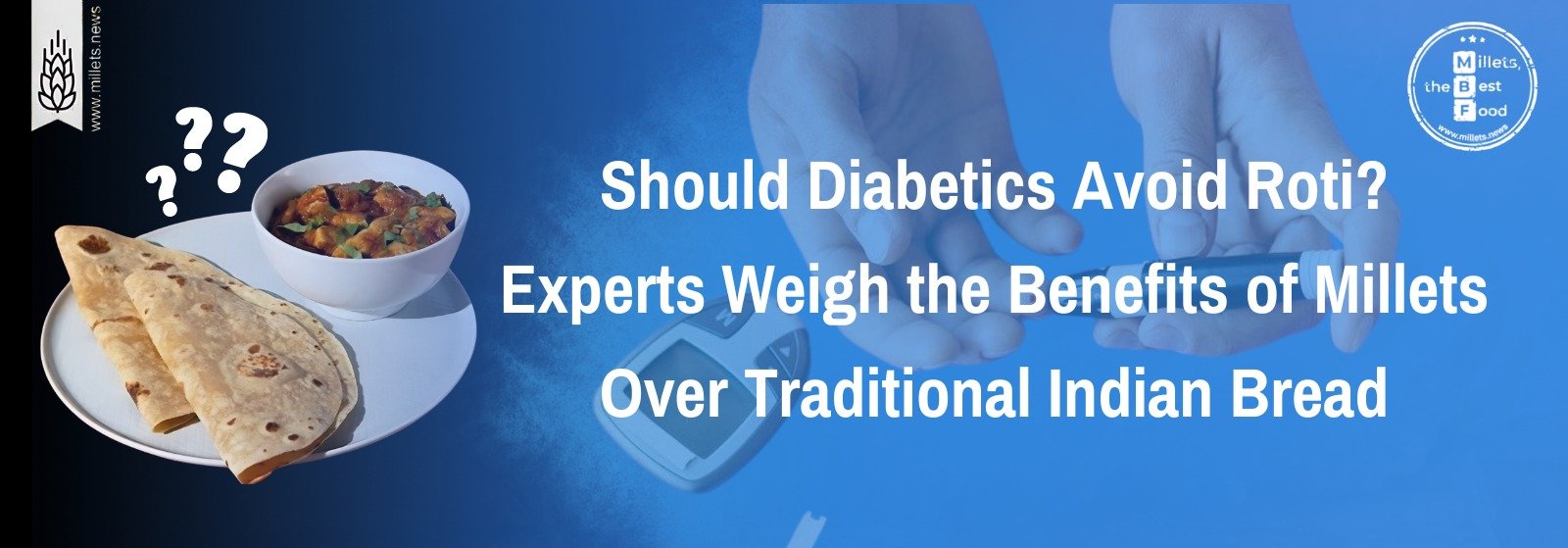
For those struggling to manage their blood sugar levels, incorporating millets into their daily diet could be highly beneficial. Regular consumption of millets can improve blood sugar control and contribute to overall health. Riya Desai, Senior Dietitian at Wockhardt Hospitals in Mumbai, emphasizes that making millets a staple in your diet is a practical way to enhance health outcomes and better manage diabetes.
A prominent debate today revolves around whether roti, a common staple, is appropriate for diabetics, and whether millets might be a healthier choice. In an interview with HT Lifestyle, Desai highlighted that millets like jowar (sorghum), finger millet (ragi), and bajra (pearl millet) are particularly advantageous for individuals with diabetes. These grains are known for their low glycemic index and high fiber content, which help maintain stable blood sugar levels, keep you full longer, and manage cravings more effectively.
Desai pointed out that refined grains, commonly found in traditional rotis, can cause rapid spikes in insulin levels. On the other hand, millets digest slowly, providing a steady release of energy and aiding in blood sugar stabilization. Additionally, millets are packed with essential vitamins, minerals, and antioxidants that help combat oxidative stress, which is often elevated in diabetics. They also contain magnesium, a crucial mineral for regulating blood sugar.
As the internet becomes increasingly filled with fitness enthusiasts offering advice on social media platforms, it is important to navigate this sea of information carefully. Originally designed for photo sharing, apps like WhatsApp and Instagram have become significant sources of health content. While this accessibility can be beneficial, it also poses risks. The mixture of credible health tips and misleading information means that these platforms can be both valuable resources and potential sources of health misinformation.
© 2023 - 2025 Millets News. All rights reserved.